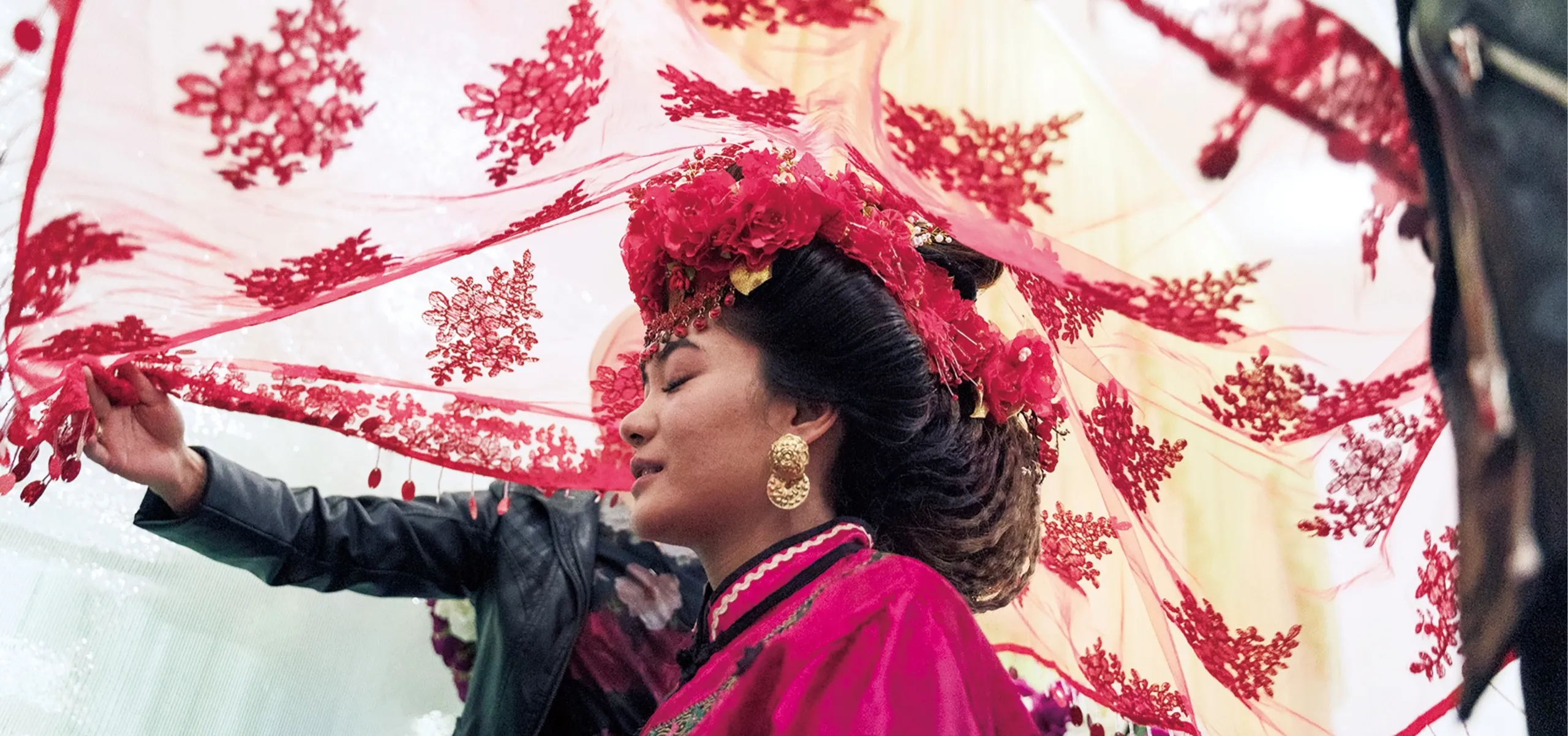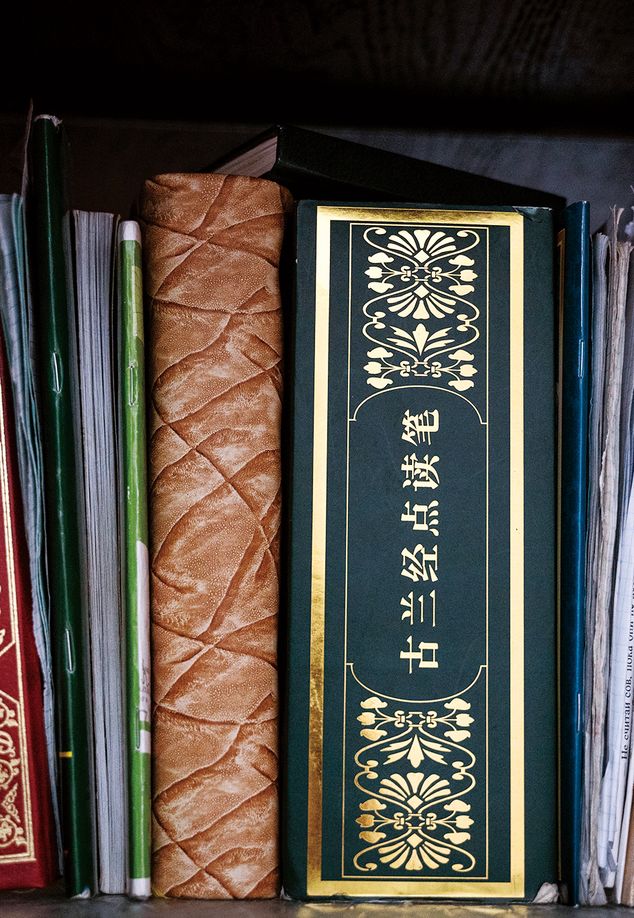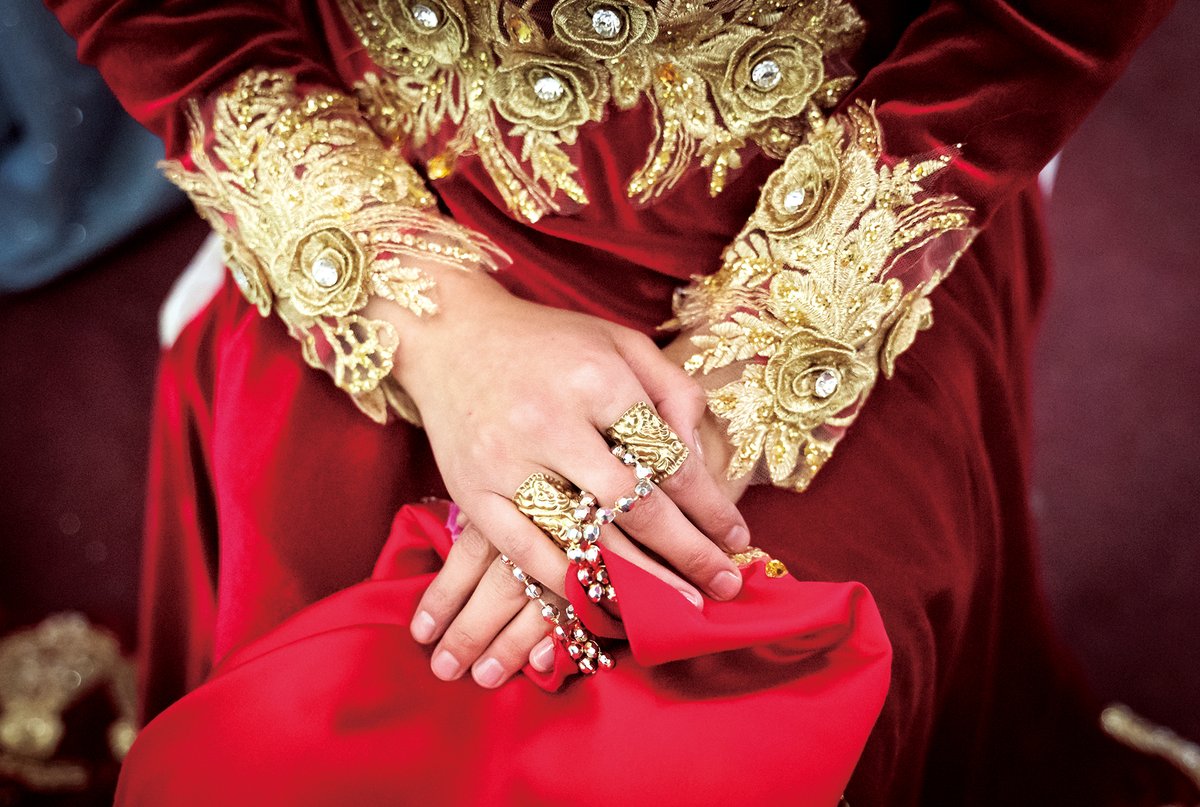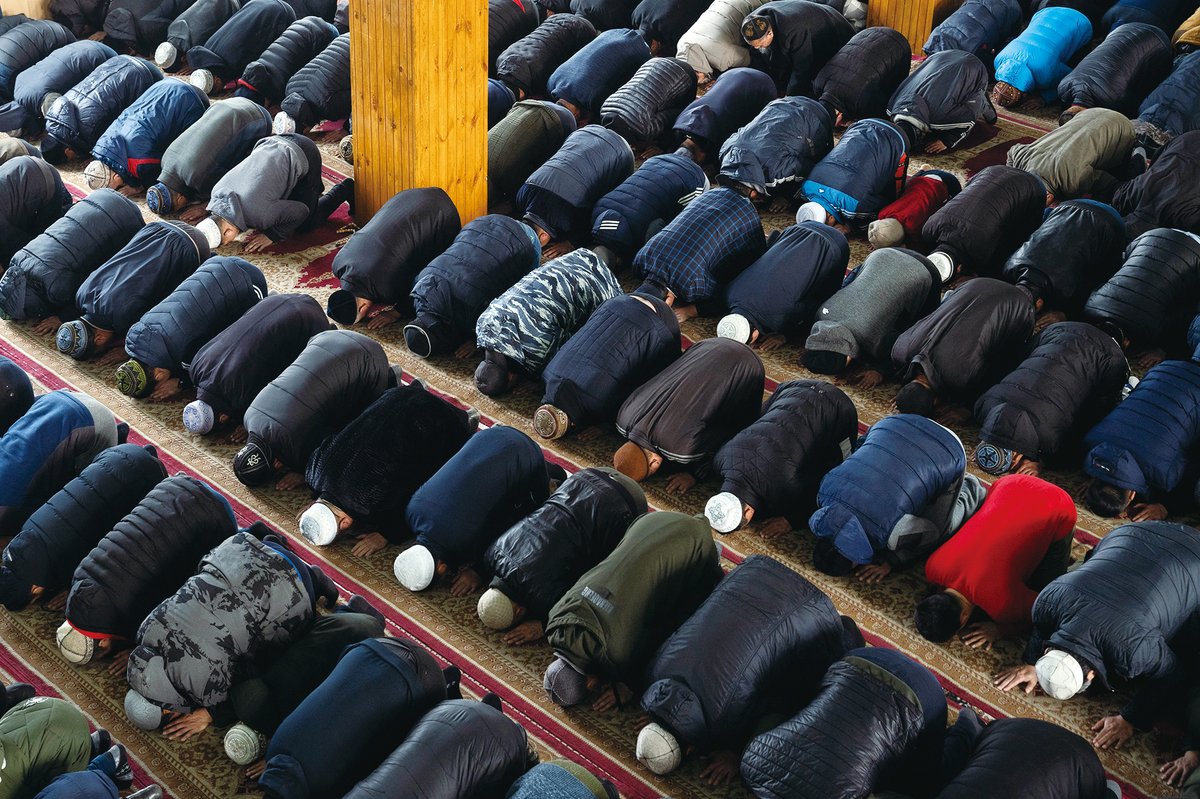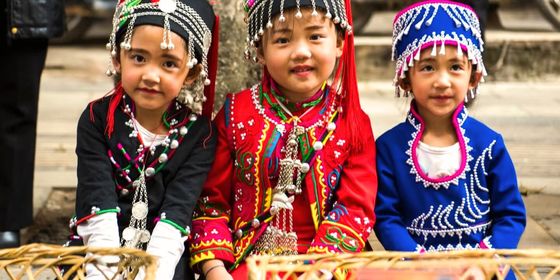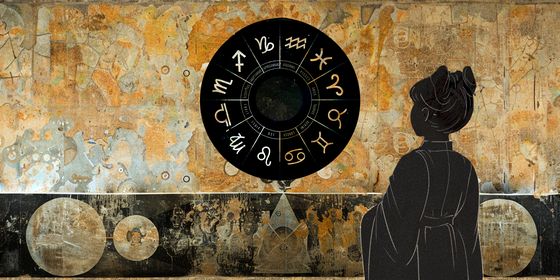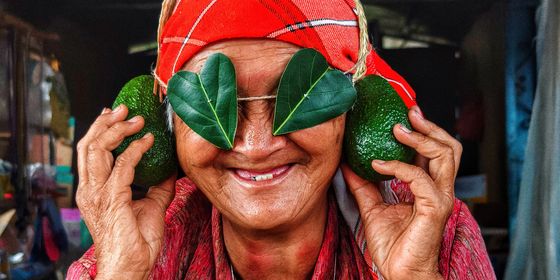Discover how faith and family have held the Dungan communities of Central Asia together for centuries
For a period of 15 to 20 minutes each Friday night, Milyanfan, a village 45-minutes’ drive outside of Kyrgyzstan’s capital, Bishkek, comes to a standstill. No cars pass by. The deserted streets are occasionally punctuated with dogs barking and cows mooing. It was Salatul Jumu’ah, or Friday prayer, and the local Dungan men were all at their local mosque while the women pray at home.
Led by the Dungan imam, around 400 men face toward the city of Mecca, 5,000 kilometers away. They listen tentatively to the imam reciting from the Quran. At the end of the prayer, they turn to their neighbor first on the right, and then on the left, saying “Peace be upon you, and the mercy and blessings of Allah,” before returning to the daily grind of feeding livestock, and trading textiles and vegetables harvested before the winter.
I arrive in Milyanfan one chilly Sunday in October, to witness a festive Dungan wedding. Red paper lanterns hang in the courtyard of the groom’s residence, into which had gathered what looked like the entire village. Men and women were seated separately by gender, amid long tables filled with steaming plates of plov (a Central Asian rice dish), “longevity noodles,” and candy. They’re waiting for the main event: the arrival of the bride.
The Dungan people, who call themselves “Hui people,” are a Central Asian ethnic group with roots in the ethnic Hui minority from northwestern China. Their ancestors fled west after a series of failed uprisings against the Qing Empire between 1862 and 1877. Deeply religious, with huge pride for their cultural heritage, the Dungans successfully withstood the atheist Soviet government’s ban on Islam throughout Central Asia.
Today around 50,000 Dungans live in Kyrgyzstan and 70,000 in Kazakhstan, residing mostly in Dungan-majority villages, speaking a special dialect of Chinese written in Cyrillic, praying to Allah, and cooking traditional Chinese recipes—all eaten with chopsticks.
Several hours before I arrive in Milyanfan, and three kilometers away from her future groom’s home, 20-year-old Madina had risen just after dawn to put on a traditional red wedding dress, adorned with intricate gold patterns. Close relatives glue her long hair into two layered buns, a traditional style brought from China in the 19th century. The finishing touch is a rose-shaped plastic red-and-gold tiara.
The Hui people trace their origins back to the Silk Roads during the Tang dynasty (618 – 907), from the Arab and Persian Muslims who married Han Chinese women. They settled down to form a distinct community rooted in Islam, distinguishing themselves from neighbors by wearing the hijab and praying in a mosque. Hui officials and military commanders served in the courts of the Song, Yuan, and Ming dynasties, though the Yuan period also saw massacres and deportation of Muslims. They formed an influential part of the Ming loyalist movement after the fall of the empire—which did not endear them to the Ming’s successors, the Qing.
The revolts began in the mid-1800s, after Hui communities in the northwest formed militia to combat rising instability in the Qing Empire. In retaliation, Qing officials began a “Hui-cleansing (洗回)” campaign. Around 12 million Hui and Han Chinese were killed during the 1862 – 1877 revolts, and the total population of about 4 million Hui in Shaanxi province dropped to 20,000 due to mass slaughter and deportation to other provinces.
The surviving Dungan rebels sought asylum in the Russian Empire, with 1,000 Dungans fleeing Xinjiang through the Tianshan Mountains in 1877 and 1878. There was another exodus from the Ili region in Xinjiang in 1882, after it was returned to the Qing by the Russians under the Treaty of St. Petersburg.
The early Dungan migrants were mostly rice-growing farmers and the village Milyanfan—located beside the Chuy River, the prime water source for Dungan villagers—is a transliteration of 米粮川 (“Rice Grain River”) in Chinese. Until recently, when the shrinking population in the villages became a problem, the Dungan practiced endogamy: They could not marry other ethnicities, and converts to Islam could not be considered “Hui” if neither of their parents were Hui.
Around 8 a.m., before Madina’s departure to the groom’s family, she sits at the front of the hall center stage, greeted by family members who give blessings and take selfies. The air is heavy with the smell of lagman, Central Asian hand-pulled noodles, over which friends and family who rarely gather take the chance to reconnect. The chatter and occasional bursts of laughter never stop, until the village imam arrives for prayers.
A Dungan wedding is a costly affair, families expected to throw a feast for hundreds of people. The bride’s family provides a dowry, commonly consisting of modern items like refrigerators and a huge HD-TV, a luxury for most Kyrgyz households.
Successful traders and restaurateurs, the Dungan people have leveraged their language skills and connection to China for generations to build a fortune for themselves. In recent years, with their neighbors in Kazakhstan making significant strides to strengthen trade relations with China, Kyrgyzstan—including the Dungan population—has slowly been outpriced and outmaneuvered. Periodic interethnic violence has broken out between the Dungan and other ethnic groups envious of their wealth and success.
In February 2020, a Kazakh mob descended on a Dungan village at Kordoi, Kazakhstan, fueled by rumors on social media of a Dungan attacking Kazakh police, leaving 10 dead and dozens injured. Many Dungans and human right activists believe the incident was linked to Kazakh businesses trying to damage Dungan traders in the region.
After the prayers conclude, all that’s left for Madina’s family to do now is to veil the bride. The mood turns somber as her sister and aunt place the veil over Madina, who begins to cry. Madina is escorted to the awaiting car, ready to take her to her new family, followed by a truckload of dowry. Though the bride and groom may not see each other until sundown, family and friends at the groom’s home come up and give Madina their blessing, crying “Xinniang (bride)!”
The Dungan language is an unusual hybrid, similar to Mandarin dialects from northwestern China, but with 15 percent of its vocabulary being loan words from Arabic, Persian, and Russian. It retains archaic Chinese terms like huangshang (emperor) for a nation’s leader, but is the only form of Chinese in the world not written in hanzi (Chinese characters); instead, it is written in Cyrillic, a product of Soviet government programs that set up language schools and published literature in Dungan for the first time. Before then, there was no written Dungan language—though some of the Dungan families I visited had copies of the Quran in hanzi in their home.
After the fall of the Soviet Union, the language entered a decline, bereft of the government funding needed to teach it in schools. Dungans in Kyrgyzstan also started moving to the big Russian-speaking cities like the capital, Bishkek, where their children slowly lose their mother tongue as they grow up. “The Kyrgyz and Kazakh people living in Dungan villages speak better Dungan than my sons and I,” says Farid, my 37-year-old Dungan fixer who lives in Bishkek. Only in recent years have state-owned local schools started reintroducing the language into their curriculum.
The Chinese government is even funding programs that would send Dungans to China for language-learning, which Keerim, Madina’s groom, took advantage of. It’s been helpful in his work as a trader, as the majority of his clients are Chinese businessmen. “We are able to understand each other. I already speak fluent Dungan, so when I meet Chinese people I can switch my tone,” he says—his dialect of Dungan only has three tones, instead of the four tones of standard Mandarin.
Like many young Dungan businessmen, Keerim and his brother live mainly in Bishkek but often visit their family back in Milyanfan. Although some have remained there as farmers and herders, many young Dungans now work as traders selling construction materials, electronic devices, and textiles from China. The lure of money is pulling the younger generation out of the tightly-knit village community, and Dungan are beginning to marry Uyghurs, Kazakhs, and Kyrgyz, putting the future of their traditions into question.
But Keerim, who met Madina, a fellow Dungan, in Bishkek while she was studying, wants to send his future children to Milyanfan to study their native tongue. “I believe the Dungan language is key to keeping our cultural heritage alive,” he says.
Drunken relatives are stumbling around by the time the feasting and blessings stop around 3 p.m., and guests are getting ready to go home. Madina’s sister is among the last to leave. The women embrace one last time. At sundown, Madina can finally see her husband. The new family prays together for the first time, and sits down to have dinner.
The Enduring Chinese Roots of Central Asia’s Dungan People is a story from our issue, “Call of the Wild.” To read the entire issue, become a subscriber and receive the full magazine.





